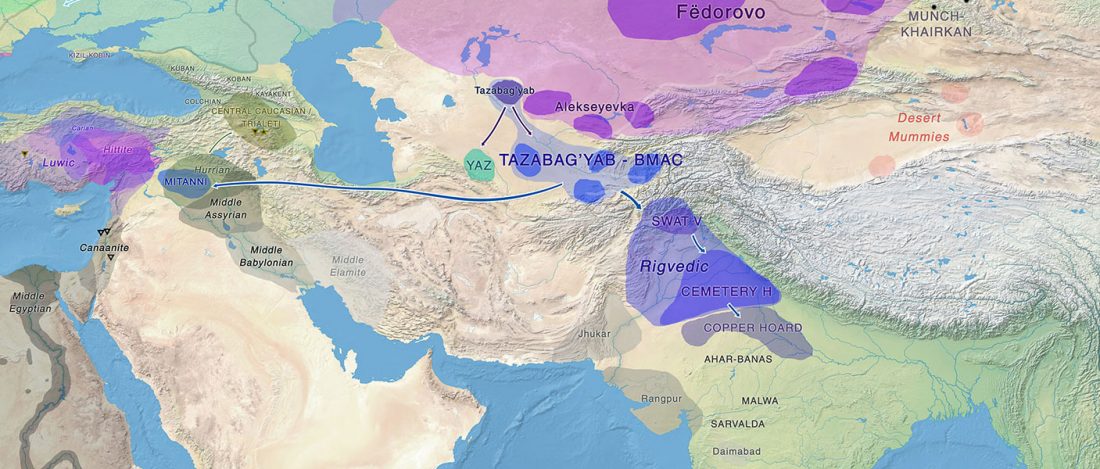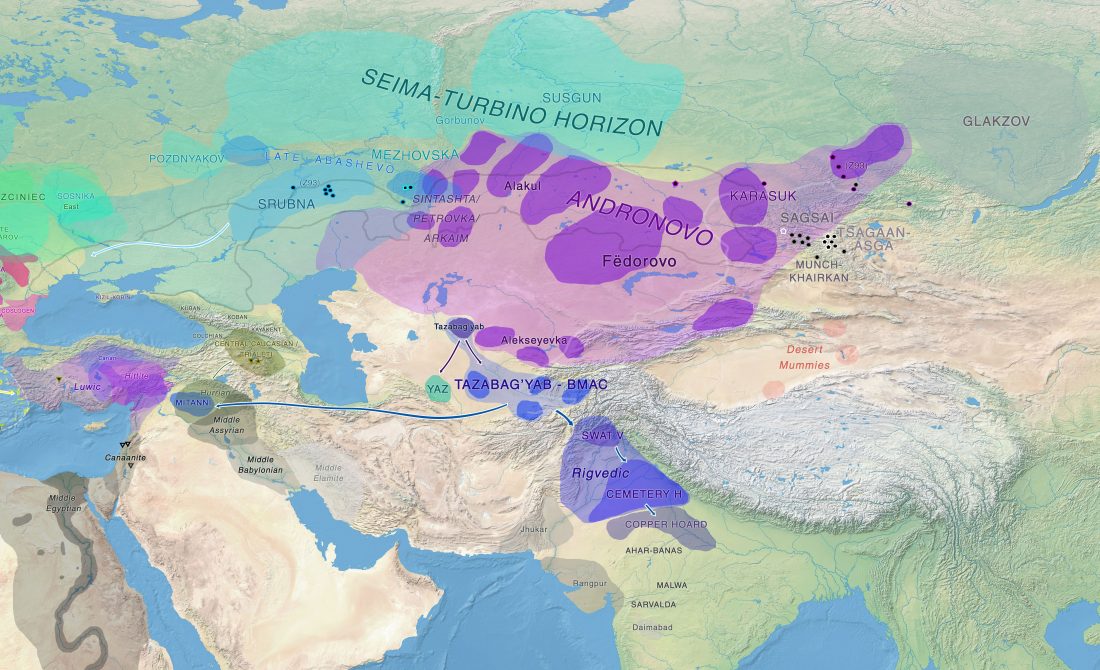New paper (behind paywall) Neolithic phylogenetic continuity inferred from complete mitochondrial DNA sequences in a tribal population of Southern India, by Sylvester et al. Genetica (2018).
This paper used a complete mtDNA genome study of 113 unrelated individuals from the Melakudiya tribal population, a Dravidian speaking tribe from the Kodagu district of Karnataka, Southern India.
Some interesting excerpts (emphasis mine):
… Read the rest “Mitogenomes show continuity of Neolithic populations in Southern India”Autosomal genetic evidence indicates that most of the ethnolinguistic groups in India have descended from a mixture of two divergent ancestral populations: Ancestral North Indians (ANI) related to People of West Eurasia, the Caucasus, Central Asia and the Middle

